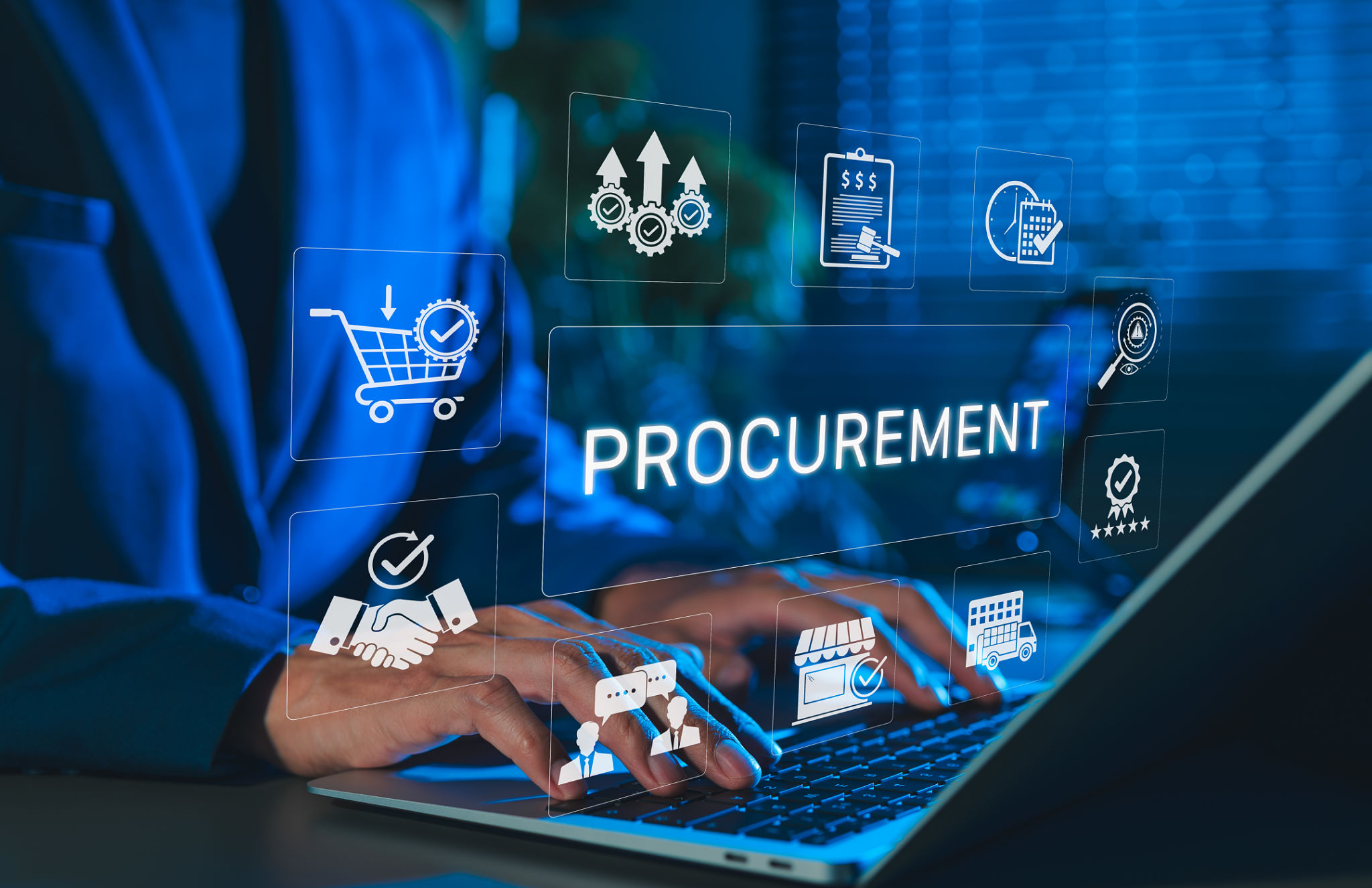Ensuring Control and Compliance in Procurement: A Step-by-Step Guide
In today's complex business environment, ensuring control and compliance in procurement is not just an operational necessity but a strategic advantage. Implementing a robust procurement process helps organizations mitigate risks, optimize costs, and ensure adherence to legal and regulatory standards. This guide will walk you through the essential steps to enhance control and compliance in your procurement operations.
Understanding the Importance of Compliance
Compliance in procurement is crucial to maintaining the integrity and reputation of any organization. It involves adhering to various laws, regulations, and internal policies that govern procurement activities. Non-compliance can lead to severe legal consequences, financial penalties, and reputational damage. Therefore, establishing a culture of compliance is fundamental.
Organizations should start by identifying applicable regulations that impact their industry and location. This can include international trade agreements, environmental regulations, or industry-specific standards. By having a clear understanding of these requirements, companies can tailor their procurement processes to ensure full compliance.

Setting Up a Control Framework
A control framework serves as the backbone of effective procurement management. It consists of policies, procedures, and tools designed to guide procurement activities while minimizing risks. A well-designed control framework ensures transparency and accountability at every step of the procurement process.
Start by establishing clear procurement policies that outline the roles and responsibilities of all stakeholders. These policies should cover aspects like supplier selection criteria, contract management protocols, and payment terms. Implementing standardized procedures helps maintain consistency and prevents unauthorized deviations from established practices.
Utilizing Technology for Enhanced Control
Technology plays a pivotal role in modern procurement processes. Implementing procurement software can automate routine tasks, provide real-time data insights, and streamline communication between departments. Consider investing in platforms that offer features like e-procurement, spend analysis, and supplier performance tracking.

Engaging with Suppliers
Building strong relationships with suppliers is essential for ensuring control and compliance. Engage with suppliers to communicate your expectations regarding compliance and ethical practices. Regular assessments can help ensure that suppliers adhere to agreed-upon standards.
Consider developing a supplier code of conduct that outlines your company's expectations for ethical behavior and compliance. This code should be part of the contractual agreement with suppliers, providing a clear framework for acceptable practices.
Conducting Regular Audits and Reviews
Regular audits and reviews are vital for identifying potential compliance issues before they escalate. Establish a schedule for conducting internal audits of procurement activities to assess adherence to policies and procedures.

These audits should focus on evaluating the effectiveness of existing controls, identifying areas for improvement, and ensuring alignment with regulatory requirements. By proactively addressing gaps in the procurement process, organizations can foster a culture of continuous improvement.
Training and Education
Investing in training and education is crucial for empowering employees to make informed decisions regarding procurement activities. Develop training programs that cover topics such as regulatory compliance, ethical sourcing, and risk management.
Encourage open communication and provide resources for employees to stay updated on the latest industry trends and regulatory changes. Well-informed employees are better equipped to contribute to a compliant and efficient procurement process.
In summary, ensuring control and compliance in procurement requires a strategic approach that combines policy development, technology adoption, supplier engagement, audits, and employee education. By following these steps, organizations can create a robust procurement framework that safeguards against risks and enhances operational efficiency.
